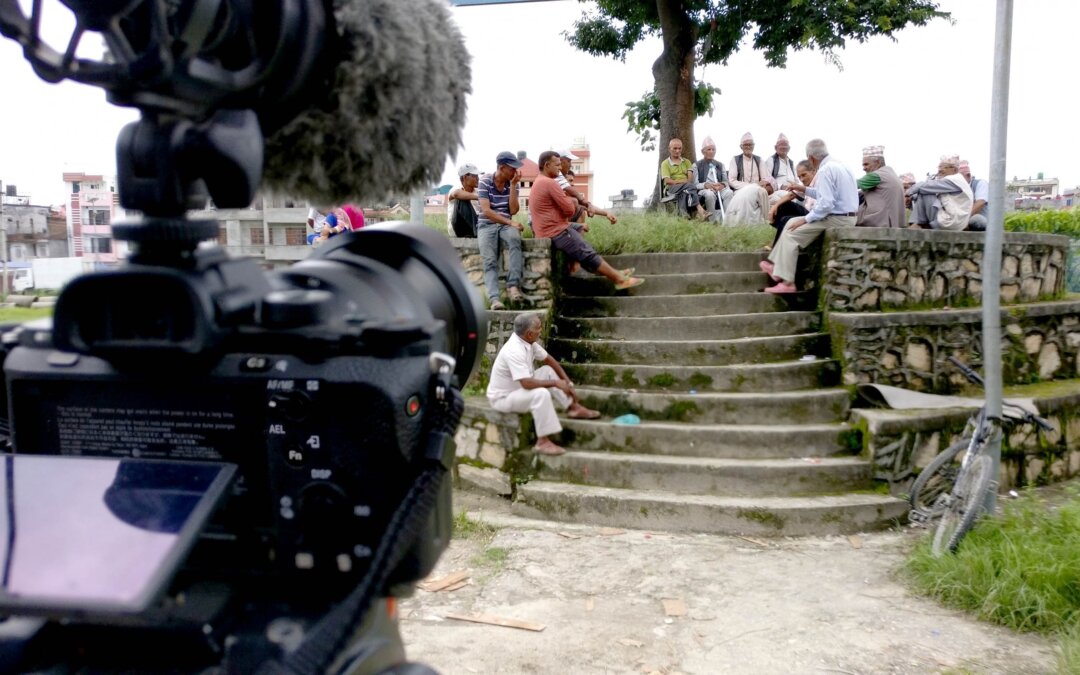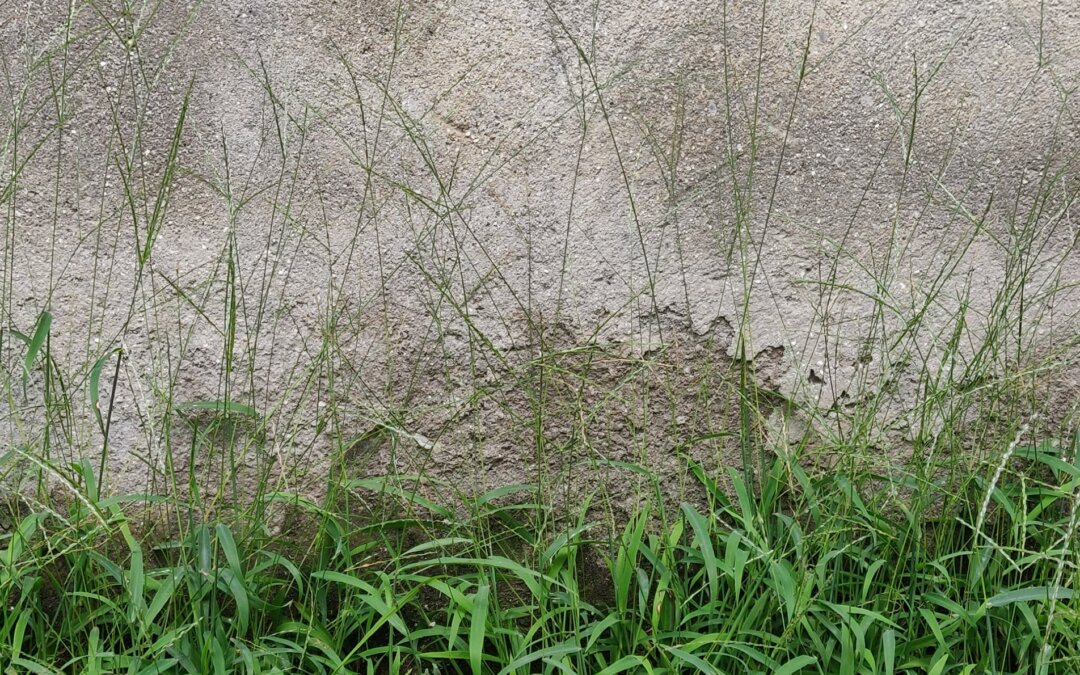https://edgeryders.eu/t/organic-magic-conversation-with-milan-rai-part-1/4478
https://edgeryders.eu/t/organic-magic-conversation-with-milan-rai-part-2/4492
The next morning, I along with my friends – three of us on the same motorcycle, began a frantic search for materials needed to build temporary toilets. The markets were still mostly closed. After reaching the opposite end of the town, we finally found an open plastic warehouse. Unfortunately, we realized that we did not have enough cash on hand to buy 800 square meters of plastic sheet. We made several calls and managed the money to buy the sheets but our trouble did not stop there because we had no cash on hand to buy bamboos we somehow managed and called a pickup truck. It started raining at that very moment. We loaded 110 pieces of bamboo, one by one, in the rain. Few volunteers had gathered at Tundikhel, but like us, they were drenched. They had started digging, but had only a shovel and a hoe to work with. We made an appeal on social media, asking volunteers to join us with digging tools. In an hour, we had over 60 young volunteers and more tools. By late-afternoon, we had cut the bamboo to the right size and dug four 20 meter long trenches. This attracted an on-duty senior official’s attention. He said that the army had taken up the responsibility to build toilets and felt ashamed that ordinary citizens had to come out to do it. He requested us to stop, saying that the army would do the work, if we left the materials to them. We reassured him that we simply wanted to help and insisted to work till it got dark. The colonel obliged and offered us full support. By nightfall, we had successfully setup 45 temporary trench-based toilets, working with the help of motorbike lights. I posted the pictures of our effort on my Facebook before falling asleep. Overnight the album had been shared over 1300 times and It just kept clocking up. When I woke the next morning, I discovered that the post had been shared by thousands around the world. Immediately, I began receiving requests from many others in the Kathmandu Valley asking for our help in building toilets. The global network of friends that had been created by my White Butterfly project was galvanized into action.This proved to be an unexpected support during the catastrophic earthquakes this year in Nepal. Many volunteers helped us in building toilets and many others around the globe flooded my inbox with offers of financial support. Through these combined efforts our team was enabled to build hundreds of toilets in the immediate days following the earthquake – before any other organization had even begun to address these serious sanitation issues of both public health and dignity.
We crowd-sourced necessary resources. Immediately following the earthquake we have helped set up more than 200 toilets, in camps & condensed shelters within and outside the valley . We started without funds, resources, or technical know how and formed a team of inspired and dedicated youngsters, willing to pitch in and arrange all required resources.
In the months following the quake we continued our work and expanded to rebuilding a school and relocating an entire village. The Nepali diaspora and others have also adopted the White Butterflies for various fundraising projects for earthquake aid and relief.
The earthquake disasters have also highlighted how a simple growing art project can unexpectedly be instrumental to galvanize action in terms of real emergency response and disaster management. That the practical building of sanitation facilities, rebuilding of school and toilet facilities have been implemented by my peers and younger people, connect also to the exploration of adolescent agency in both working on the ground and fundraising via the internet. My project is an example of how mobile technology and social media are currently being used in South Asia to support the communication of ideas for social transformation as well as emergencies.
Immediately after the earthquake, I directly went to volunteer at a hospital. By the third day when greater assistance arrived, I realized I might be more useful in other areas. On tuesday, April 25 ,I went back to Tundikhel intending to listen to and understand the problems that the people who had camped out there were facing. Thousands of people, who had thronged in three days earlier, had been joined in by more. I talked to a group of families and asked them how I could help. They complained of the foul stench that had spread throughout. There were no toilets for over ten thousand people . Fears of a cholera outbreak, like the one in Haiti loomed large. Something had to be done.
The next morning, I along with my friends – three of us on the same motorcycle, began a frantic search for materials needed to build temporary toilets. The markets were still mostly closed. After reaching the opposite end of the town, we finally found an open plastic warehouse. Unfortunately, we realized that we did not have enough cash on hand to buy 800 square meters of plastic sheet. We made several calls and managed the money to buy the sheets but our trouble did not stop there because we had no cash on hand to buy bamboos we somehow managed and called a pickup truck. It started raining at that very moment. We loaded 110 pieces of bamboo, one by one, in the rain. Few volunteers had gathered at Tundikhel, but like us, they were drenched. They had started digging, but had only a shovel and a hoe to work with. We made an appeal on social media, asking volunteers to join us with digging tools. In an hour, we had over 60 young volunteers and more tools. By late-afternoon, we had cut the bamboo to the right size and dug four 20 meter long trenches. This attracted an on-duty senior official’s attention. He said that the army had taken up the responsibility to build toilets and felt ashamed that ordinary citizens had to come out to do it. He requested us to stop, saying that the army would do the work, if we left the materials to them. We reassured him that we simply wanted to help and insisted to work till it got dark. The colonel obliged and offered us full support. By nightfall, we had successfully setup 45 temporary trench-based toilets, working with the help of motorbike lights. I posted the pictures of our effort on my Facebook before falling asleep. Overnight the album had been shared over 1300 times and It just kept clocking up. When I woke the next morning, I discovered that the post had been shared by thousands around the world. Immediately, I began receiving requests from many others in the Kathmandu Valley asking for our help in building toilets. The global network of friends that had been created by my White Butterfly project was galvanized into action.This proved to be an unexpected support during the catastrophic earthquakes this year in Nepal. Many volunteers helped us in building toilets and many others around the globe flooded my inbox with offers of financial support. Through these combined efforts our team was enabled to build hundreds of toilets in the immediate days following the earthquake – before any other organization had even begun to address these serious sanitation issues of both public health and dignity.
We crowd-sourced necessary resources. Immediately following the earthquake we have helped set up more than 200 toilets, in camps & condensed shelters within and outside the valley . We started without funds, resources, or technical know how and formed a team of inspired and dedicated youngsters, willing to pitch in and arrange all required resources.
In the months following the quake we continued our work and expanded to rebuilding a school and relocating an entire village. The Nepali diaspora and others have also adopted the White Butterflies for various fundraising projects for earthquake aid and relief.
The earthquake disasters have also highlighted how a simple growing art project can unexpectedly be instrumental to galvanize action in terms of real emergency response and disaster management. That the practical building of sanitation facilities, rebuilding of school and toilet facilities have been implemented by my peers and younger people, connect also to the exploration of adolescent agency in both working on the ground and fundraising via the internet. My project is an example of how mobile technology and social media are currently being used in South Asia to support the communication of ideas for social transformation as well as emergencies.
[/vc_column_text][/vc_column][/vc_row]








